I took a little more time after posting Part 3 to post the next piece in my 2020 SHOT Show After Action Report series of articles because I had to run an NRL22 match this weekend, not to mention vlogging the match and cutting the video.
But to continue on, I would like to mention a few more optical products that I came across since we left off Part 3 talking about optics.
Nightforce Optics made some waves with the announcement of the Wedge Prism.
The Wedge Prism is an optical lens that you place in front of your existing scope to shift the elevation either 50 MOA or 100 MOA (two different versions to be made available). Why would you do this?
If you have a rifle setup with 100 yard zero and only have enough adjustment to get to 1200 yards, and you want to shoot beyond that point (e.g. Extreme Long Range, or ELR), then rather than swapping to another mount with more elevation cant, you can just place the Wedge Prism in front of the scope objective to get the extra 50 or 100 MOA of adjustment (or 14.5 and 29.1 MILS, respectively).
ELR shooting is becoming more popular, especially with the coverage of the King of 2 Mile competition (KO2M). So people are looking for ways to stretch the capabilities of their existing long range platforms for ELR scenarios, without having to build another rifle. The tacomHQ Charlie got a lot of buzz at the 2017 KO2M event because it facilitated the addition of more elevation in a scope on the fly.
It is possible to stack multiple Wedge Prisms to get even more additional elevation adjustment. But the issue will always be refraction and glare as you continue to add additional lenses on top of each other.
The MSRP for the Nightforce Optics Wedge Prism is $990 USD. The price point is quite competitive considering the only other real player in this product segment is tacomHQ.
It is important to note that the Wedge Prism is designed for a 1.5″ optical center height. It will allow for a +/- 0.125″ variance from 1.5″, but closer to 1.5″ the better. This means that if you plan on using the Nightforce Wedge, you should plan on switching to 1.5″ height rings if you are not already using that height.
I am actually interested in the Nightforce Optics Wedge Prism because I am seriously considering building another Vudoo V-22 specifically for ELR rimfire shooting. Running a Nightforce Optics 7-35x ATACR F1 with a Wedge Prism would make a great ELR rimfire optical system.
The Wedge Prism is expected to release in February 2020.
I walked by the Kahles booth and what caught my eye is the new scope accessories that Kahles is releasing.
As you can see above, Kahles has released parallax grip rings that they have dubbed Parallax Spinners. I bought an aftermarket parallax ring (MK Machining), but what makes the Kahles OEM version better is that it actually comes with markings on the ring to match the parallax knob markings.
The MSRP on the Parallax Spinner is $66. My concern is that the three grip points on the Kahles Parallax Spinner will hit my scope ring, so if I went with one of these, I’ll have to cut/grind the levers down or move my scope ring.
Kahles is also releasing an extended throw lever for the K318i and K525i.
This is actually an unnecessary accessory in my opinion, since the magnification knob already has a decent grip point. But to each his own. The MSRP on the Kahles throw levers is also $66.
Kahles did have one new scope offering in the form of the K18i. The K18i follows the standard Kahles naming conventions, meaning that the K18i is a 1-8x magnification scope (24mm tube). It is a Second Focal Plane (SFP) with two reticle offerings (3GR and IPSC). This scope was designed for 3-gun and IPSC competition, so it is a very niche scope. On a defensive / tactical platform, I think more people will be inclined to go with something like the Vortex Optics Razor HD Gen 3 1-10x that I mentioned in Part 3.
I anticipate this scope will be more popular in non-US countries where it may be easier to get a Kahles scope rather than a scope by a US based company (even if that scope is not made in the US). The MSRP on the K18i is $2777
Lastly, Kahles did debut the new Helia RF-M 7X25 rangefinder. It has a distance rating of 2000 yards and runs off of a CR2 battery. In all honestly, it looks quite similar to a SIG KILO2000, but the Helia RF-M 7X25 has a built-in thermometer and barometer.
It has an MSRP of $610, but Euro Optic already has them listed on their site for $549.
One ‘new’ spotting scope caught my eye and that is the Bushnell Elite Tactical LMSS 2.
This scope was actually shown last year, but it never made it to market and Bushnell is still showing off as a new product.
The Elite Tactical LMSS 2 is noteworthy because it is the improved revision of the original LMSS which had a Horus H-32 reticle. The current iteration of the LMSS 2 specification has a Horus H-322 reticle. There is a lack of spotting scopes with a ranging reticle in today’s market, so the LMSS series is one of the few options out there for those seeking this type of solution.
The LMSS 2 includes a Picatinny rail so you can mount other devices on the spotting scope (e.g. rangefinder, weather meter, etc.).
The MSRP for the Bushnell Elite Tactical LMSS 2 is $1549.99.
This is as good a time as any to transition back to firearm discussion and I would like to bring up one of the more interesting production precision rifle offerings introduced at SHOT Show 2020.
The Sig Cross is being billed as a “Precision Hunting Bolt-Action Rifle” due to the fact it tips the scales at 6.8 lbs (or as low as 6.5 lbs, depending on which model). It is a very interesting design in that it is a chassis style system, but the actual action / receiver is all one piece of aluminum. The bottom metal / magazine well is part of the receiver. This means that there are no action screws because the receiver is part of the stock or ‘chassis’ and bottom metal.
The folding stock and the handguard / forend are separate pieces attached the receiver. The receiver itself uses AR-15 compatible grips. The stock itself offers an adjustable stock for length-of-pull and comb height.
There is a lot of weight savings in the barrel options, with the Cross shipping with either a 16″ or 18″ barrel, and the stock folds for a collapsed length of 25″ and 27″, respectively.
The magazines are AICS-style, so any AICS magazine should work in this rifle (no proprietary magazines).
I am not a hunter, but I know people that do hunt and everyone talks about building a custom hunting rifle that is precise as well as lightweight. The Sig Cross actually looks like it accomplishes a lot in a factory production rifle. 6.8 lbs without an optic is very light.
I handled the display model with the scope and suppressor attached and it was still lighter than my Vudoo V-22. The included 2-stage match trigger (as described by Sig) actually breaks cleanly.
The Sig Cross will have an MSRP around $1779 with actual retailer pricing maybe around $1600. This is actually a bit expensive compared to other non-custom production rifle offerings, but it definitely provides a great off-the-shelf precision hunting rifle with a lot of adjustability.
The Sig Cross will be available in 6.5 Creedmoor, .308 Winchester, and .277 Fury. That third cartridge option is why I mentioned the cartridge options available for the Sig Cross last.
.277 Fury (sometimes referred to as .277 Sig Fury) is a new cartridge design that Sig developed originally during their participation in the US Army Next Generation Squad Weapons program. The US Army essentially drafted some requirements for manufacturers to refer to in designining prototypes for the next military firearms.
Sig decided to take the cartridge design they created for the US Army Next Generation Squad Weapons program and adapt it for the civilian consumer market, thus resulting in the .277 Fury.
What makes the .277 Fury unique is that it actually relies on a non-traditional case. Instead of all brass, the cartridge utilizes a case with a metal base, metal locking washer, and brass body. The metal base helps to increase case reliability and stand up to higher pressures.
Supposedly, this hybrid case design will handle up to 80,000 PSI, which is significantly higher than SAAMI spec for other cartridges of similar size. For comparison, SAAMI maximum pressure for .308 Winchester is 62,000 PSI.
Sig expects to submit to SAAMI later in 2020, but the cartridge is a 6.8mm based cartridge (as opposed to 7mm / .284) and is currently developed around 135gr ‘Match’ and 140gr tipped hunting bullets. With the higher maximum pressure ceiling, Sig is claiming to be able to push the 135gr bullet at 3,000 fps from a 16″ .277 Fury barrel, while the 140gr will be hovering around 2,950 fps (from a 16″ barrel).
This is quite a feat considering a 140gr bullet out of a 24″ 6.5 Creedmoor barrel has a muzzle velocity right above 2700 fps.
.277 Sig Fury sounds like a barrel burner, but given that they chose to combine the .277 Fury cartridge with their new lightweight Sig Cross precision hunting rifle, it appears they are trying to pack a lot of power and range into a smaller lightweight platform.
The success of the .277 Fury is going to rely heavily on whether or not enough hunters are going to scale down their rifles, whether it is a custom build or switching to the Sig Cross rifle, to take advantage of what the .277 Fury has to offer for 16″ barrelled bolt action rifles. I almost feel like the success of each the Sig Cross and the .277 (Sig) Fury cartridge are closely intertwined.
I am not a hunter, but I actually like what I see in the Sig Cross when combined with the on-paper specs of the .277 Fury cartridge. Not counting all the unknowns (e.g. Sig .277 Fury case quality, aftermarket ‘brass’ support, real-life cartridge performance), I would consider a Sig Cross in .277 Fury for a lightweight long range field rifle.
On Day 2 of SHOT Show 2020, I did happen to run into Jade Struck at the Blackwater Ammunition booth.
Most people (specifically non-shooters) know her from videos affiliated with Taran Tactical Innovations, specifically in videos featuring Keanu Reeves who trained with TTI for the John Wick films. Anyway, in my conversation with her, I found her to be quite genuine and sincere.
This concludes Part 4 of my 2020 SHOT Show After Action Report.
Look for Part 5 of my 2020 SHOT Show After Action Report in the next day or two. Refer to 2020 SHOT Show After Action Report – Part 0 for the index of all parts in my 2020 SHOT Show AAR series.
Here’s another reward for anyone that read to the very end of Part 4:
- 30% off geissele.com code – 2298826
- 35% off SSA and SSA-E triggers on geissele.com – ZND0RY
The above codes are one-time use, expire on 02/29/2020, and are not valid on SSF, armorer’s kits, or Magpul products sold on geissele.com (as indicated on the coupon). If neither works, you were too late to redeem. I actually have several more Geissele coupons, so if you missed on the ones above, I will post more in the future 2020 SHOT Show AAR posts.

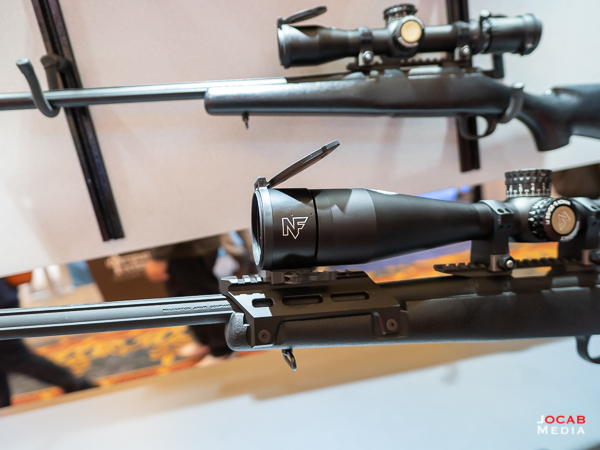
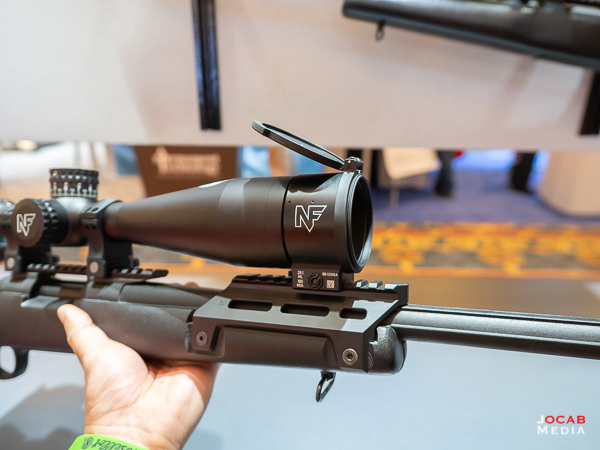
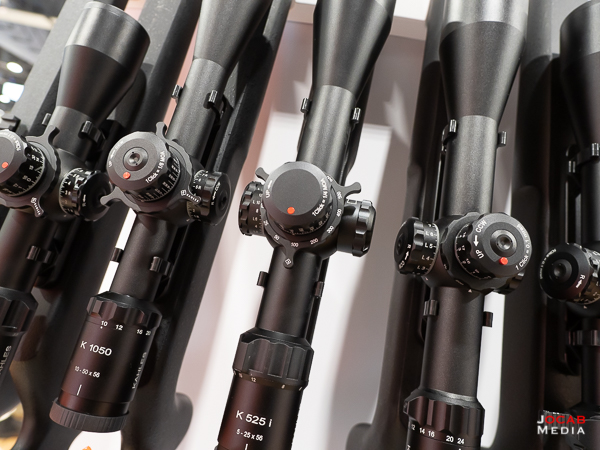
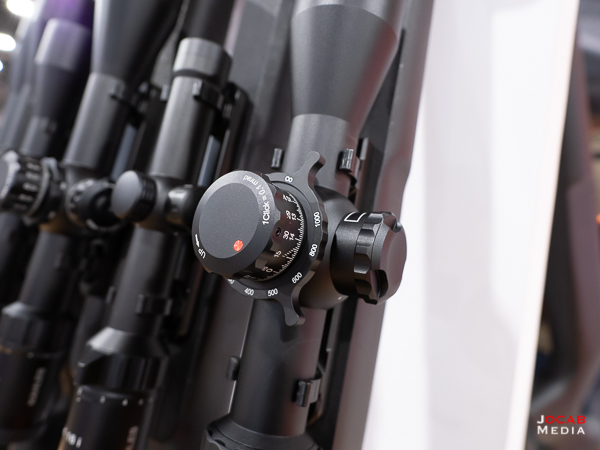
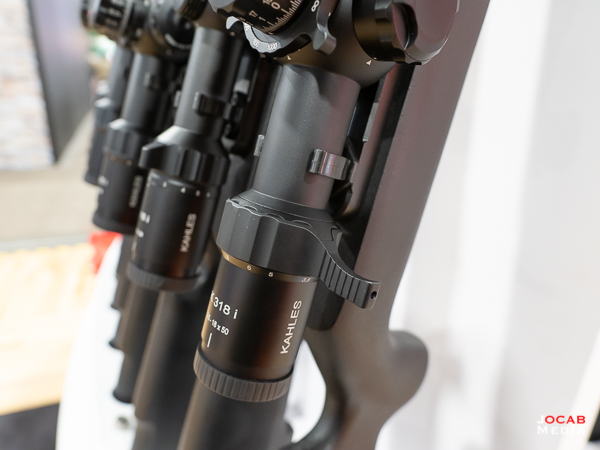
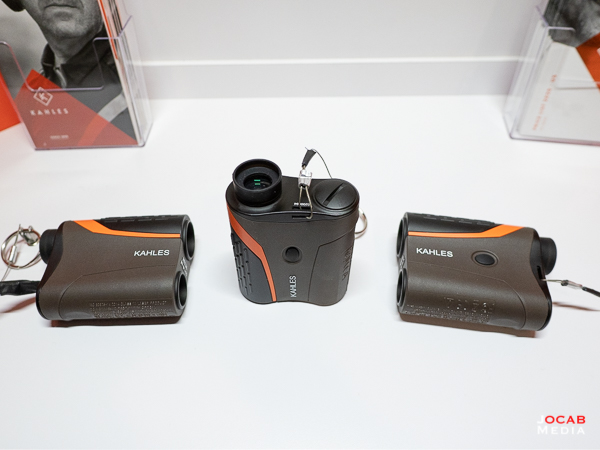
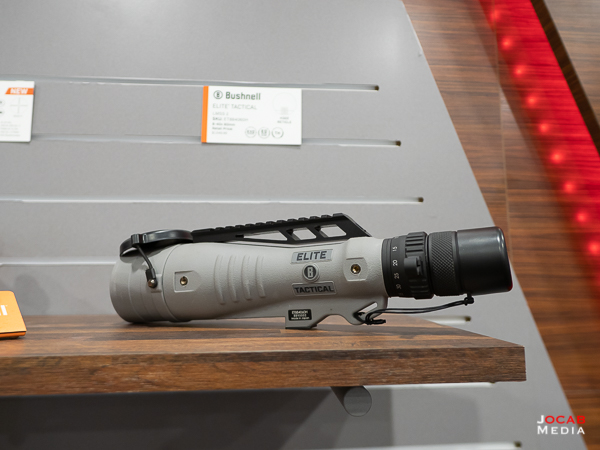
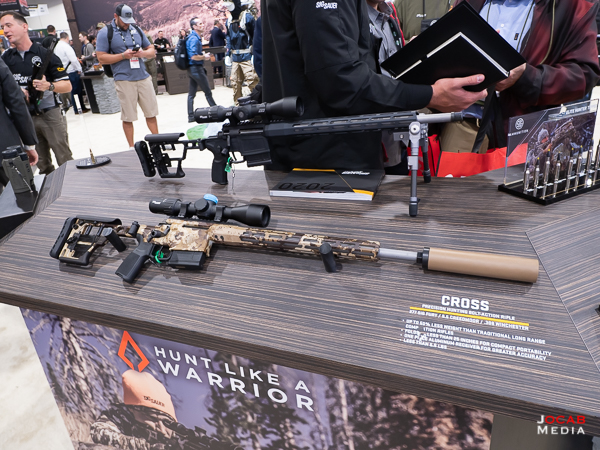
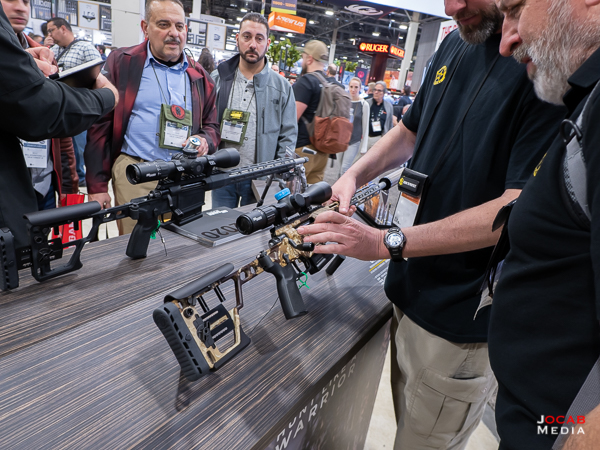
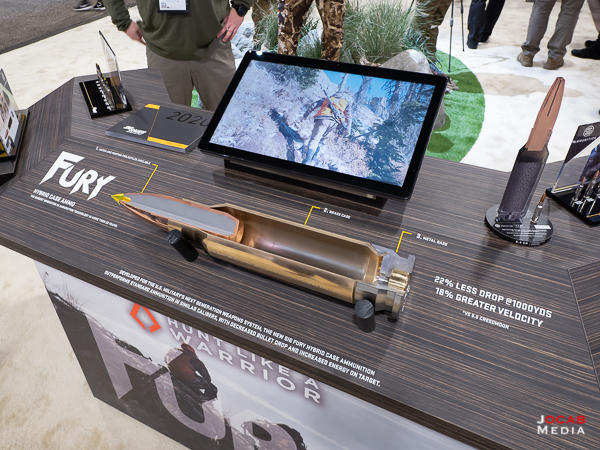
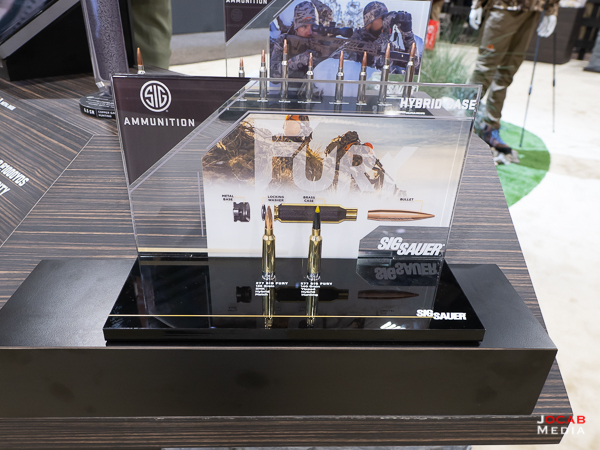
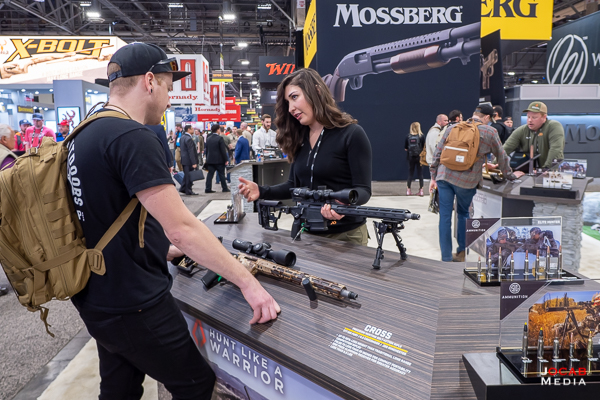
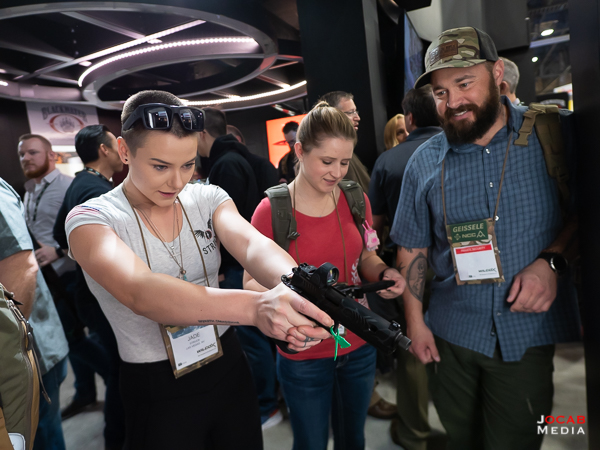
2020 SHOT Show After Action Report – Part 0 – ocabj.net
[…] 2020 SHOT Show After Action Report – Part 4 (published 2020-01-26 @ 1800) […]